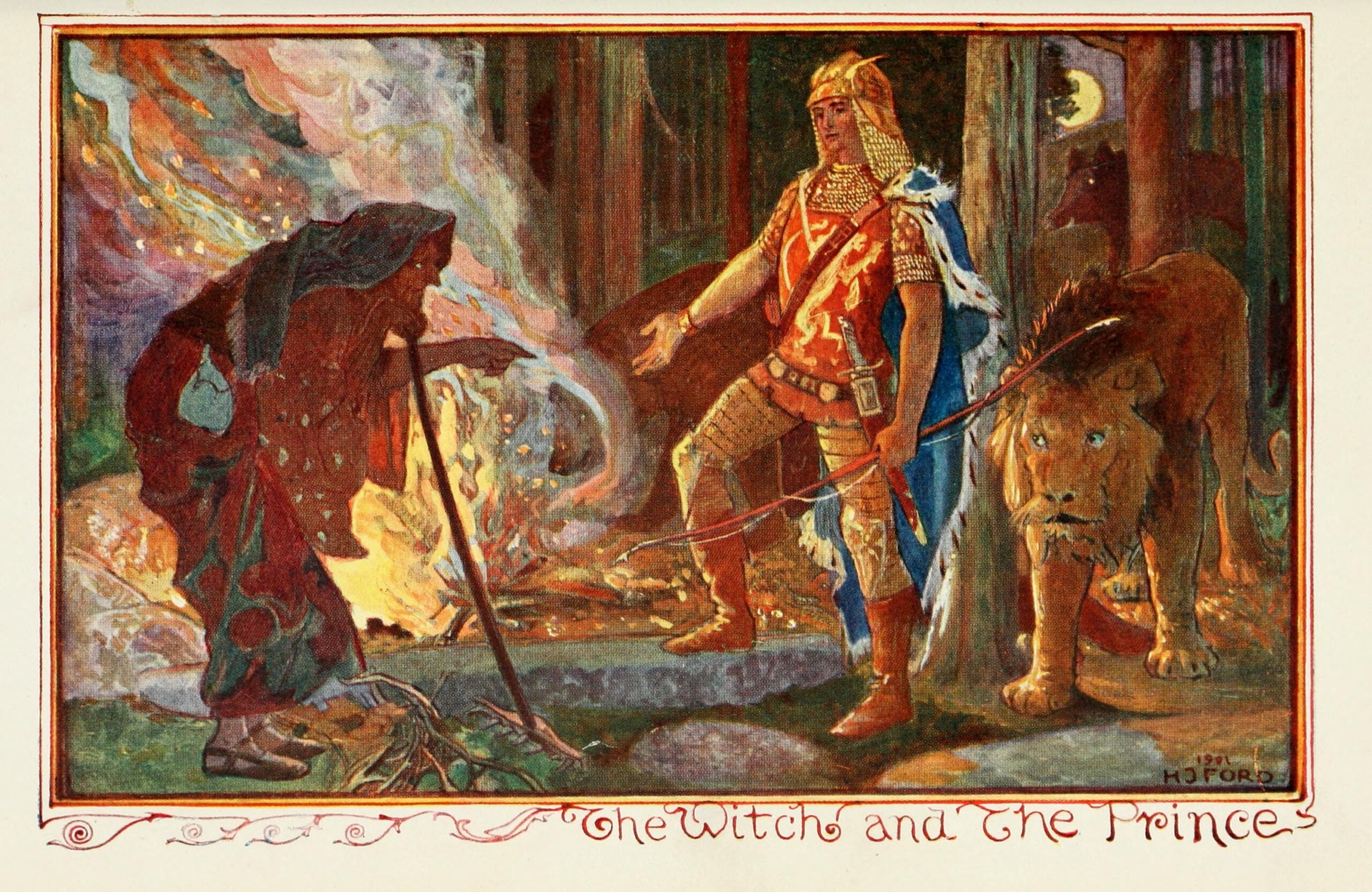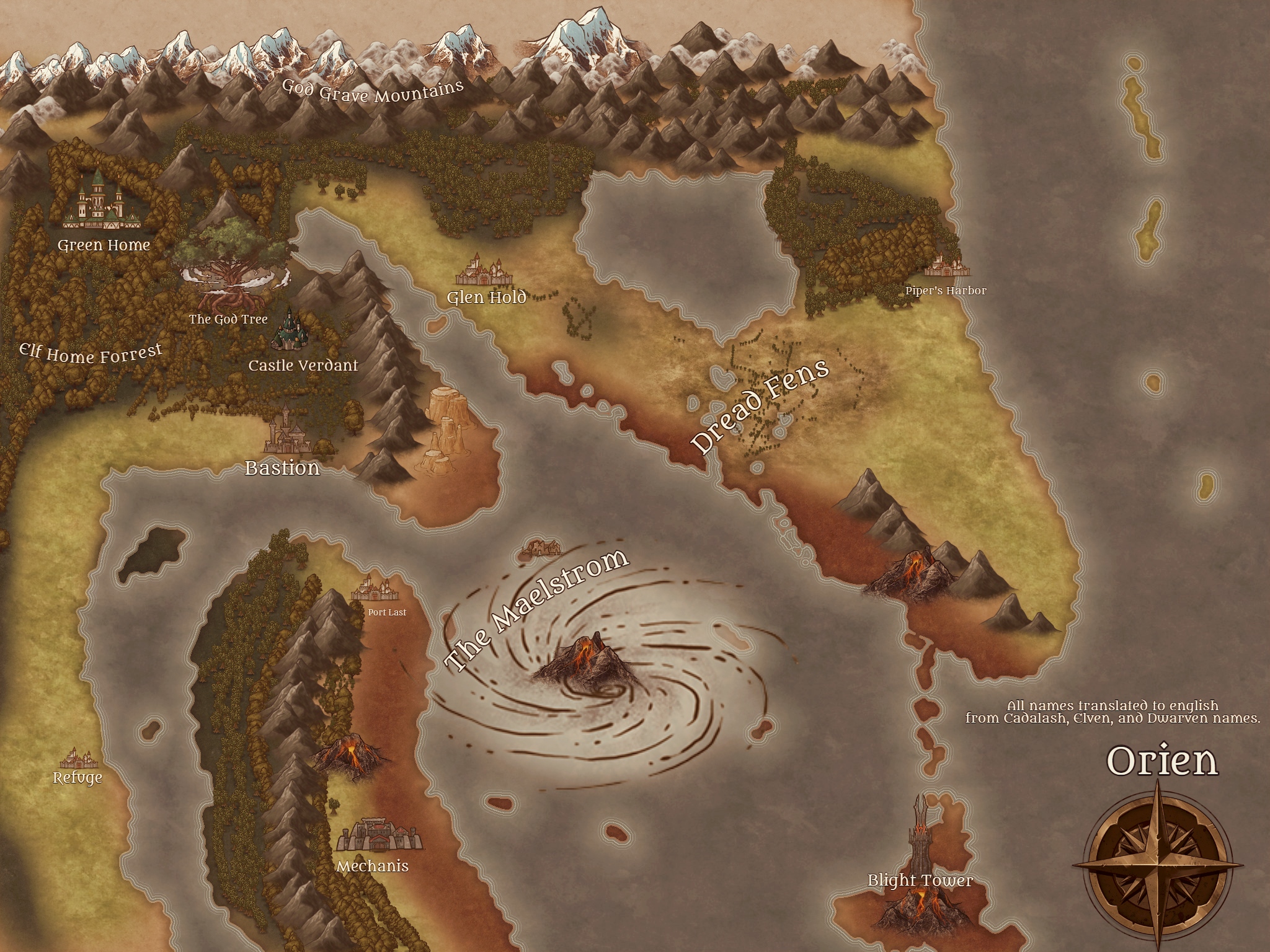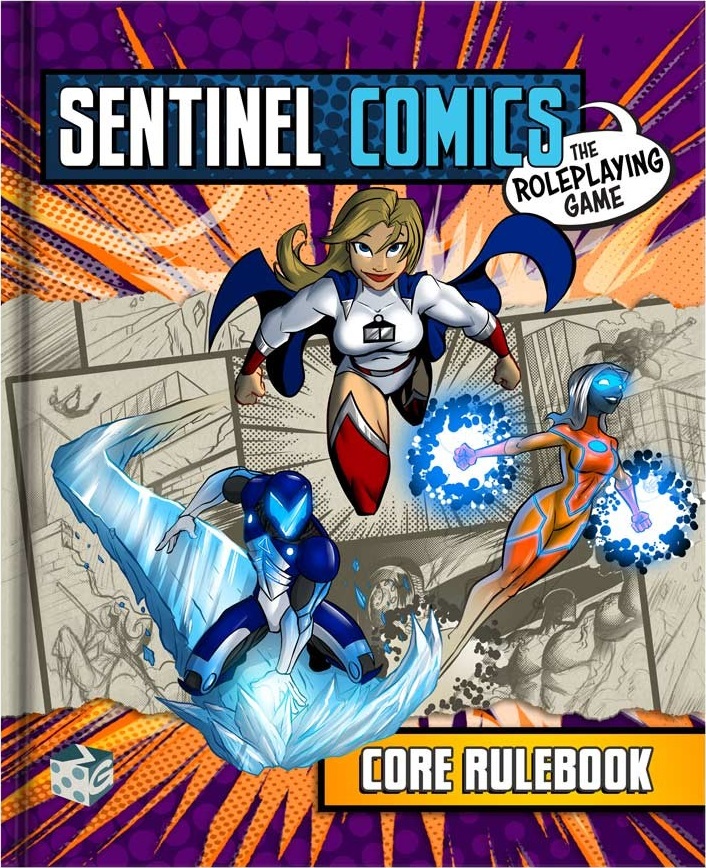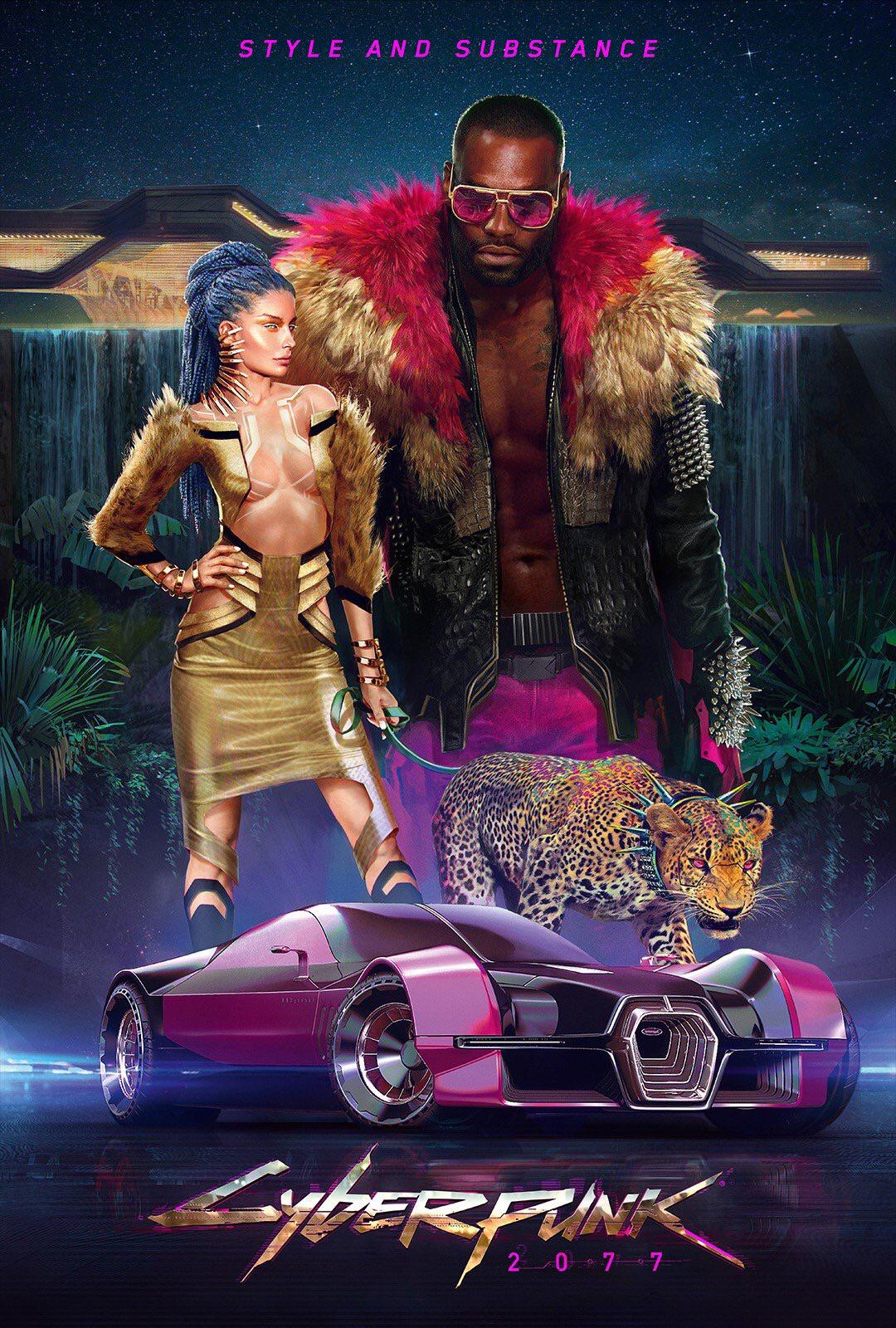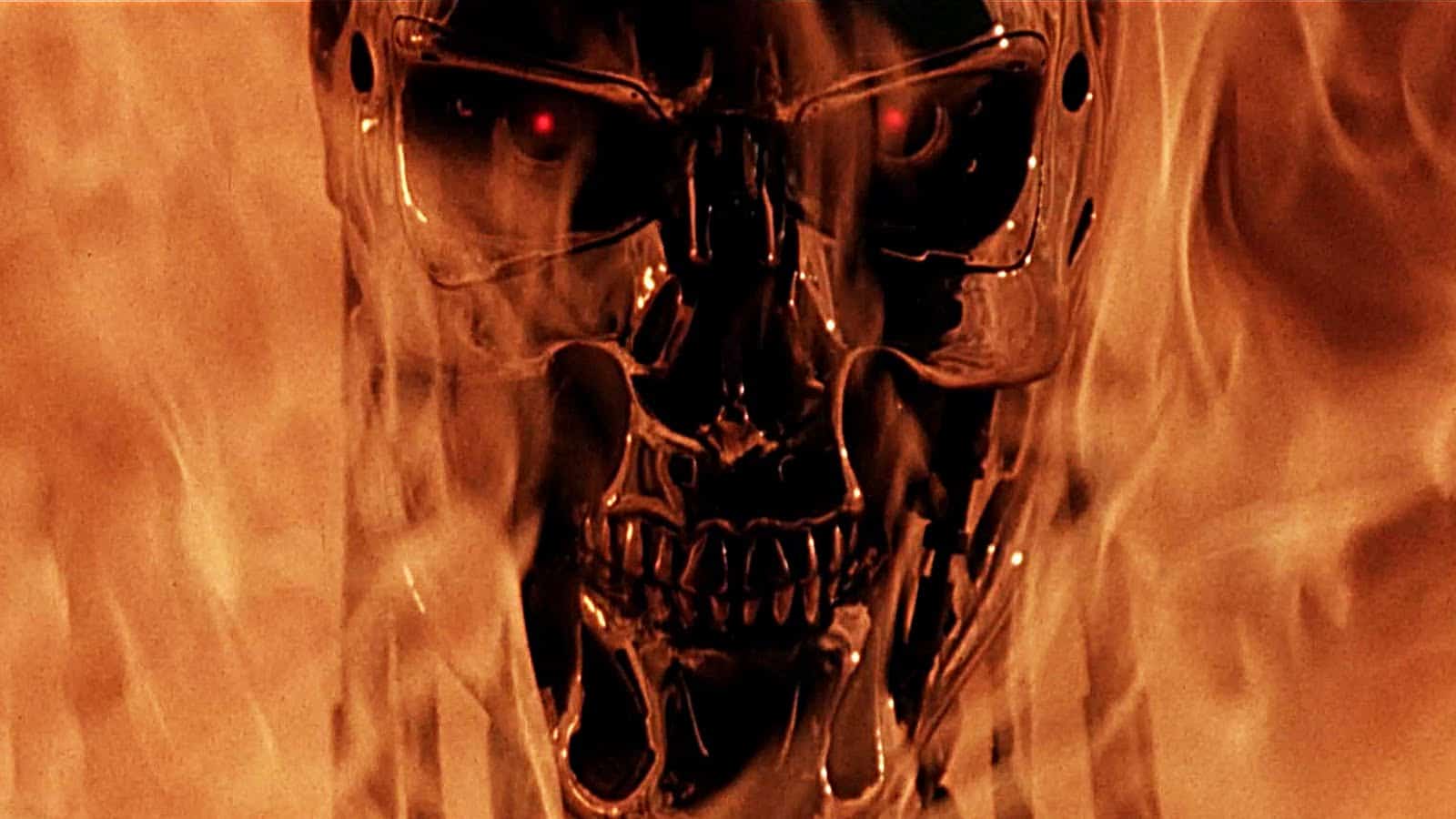I am doing the RPG Writer’s Workshop again this month. This is an attempt to break my writer’s block, among other things. This time around I decided to write an adventure for a system other than D&D for a change. This time I am working on a cyberpunk genre adventure for Modern AGE by Green Ronin. It is a system I wish I had more time to play.
As part of this adventure, I decided I needed at least a rough background. I am not writing this for an existing world, so I figured I should have some world information to put in the adventure. Just enough to have a starting point. I will also write up what the tech level is, as well, but I am trying to not overwhelm myself.
So here is the future history I produced.

